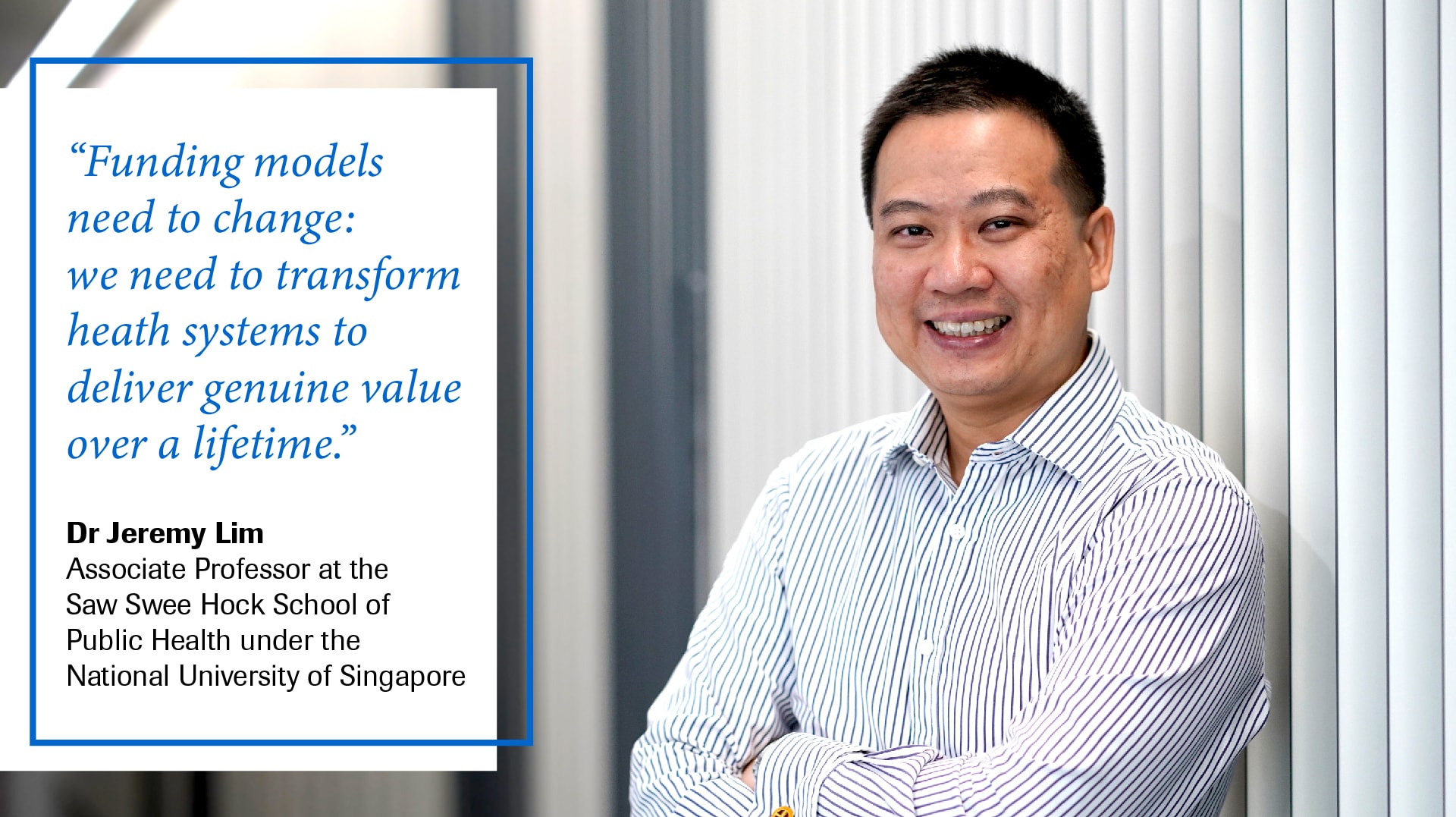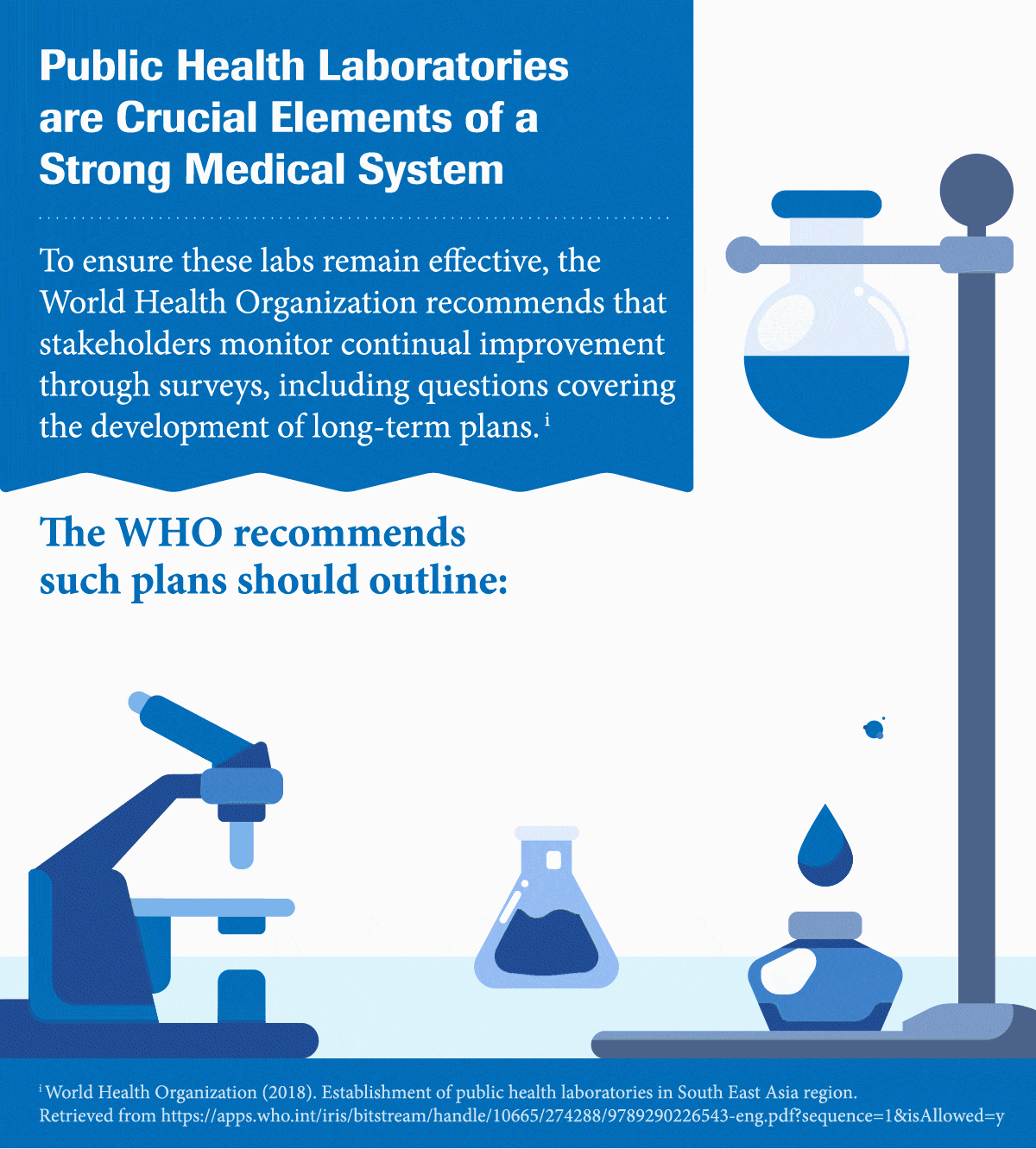Why is it that so many talk about value in healthcare, but so few are actually prepared to do what it takes to bring it to life? In many ways, it comes down to a mindset that focuses on the present while ignoring the future.
The examples of short-term thinking in this space are myriad: for example, the disinclination of payers to reimburse for hepatitis C treatment despite the high cure rates and lifetime benefits for affected individuals. Testing and treating infected individuals also means health systems can stop the spread of this infectious disease. Or, half-hearted efforts at smoking cessation despite the risk reduction in cancer and cardiovascular diseases. Or, refusing to include genetic testing as standard care for family members of people with underlying diseases. When done right, these measures are cost-effective, save lives and allow funds to be redirected to other more critical areas — yet such health strategies aren’t as common as they should be. And we are barely scratching the surface of their potential.

Analysing the Situation
In healthcare, ‘short termism’ is rife: we tend to exaggerate upfront costs and downplay future benefits. Value in healthcare really should be about benefits accrued over a lifetime relative to the costs incurred. Unfortunately, all too often payers ignore this crucial concept, focusing instead on aggressive efforts to pay as little as possible today.

Advancing healthcare is not just about technological innovation in labs, but evolving financing models and focusing on health benefits over a lifetime.
The root cause is how we wrongly finance and incentivise health and healthcare. In the fee-for-service model dominant in so many countries, doctors and healthcare providers are motivated to maximise revenue from each episode and think about the here and now. Investing time to counsel a diabetic patient and prevent limb amputation years later is rarely recognised or rewarded as a critical determinant of individual and societal health.
Likewise for insurers, in an environment where customers (whether they are individuals or large corporates) regularly switch insurers, there is little incentive for the company to set up a wellness program that helps policy holders become healthier and use less healthcare.
Why?
Because these health benefits take time to accrue, and there is a chance that the customer will use less healthcare not immediately, but a decade down the road when they have a policy with a competitor.
One would hope governments would be better, but alas, it is not uncommon for politicians to narrowly focus on the healthcare initiatives that bolster their re-election prospects in the immediate future.

Focusing on Genuine Value
Funding models need to change: we need to transform health systems to deliver genuine value over a lifetime.
What’s the model most likely to succeed? I believe it’s a payer that is universal and committed for the long-term — which in practice always certainly means a government or government-owned funder. Indonesia’s Badan Penyelenggara Jaminan Sosial Kesehatan, the Philippines PhilHealth and Thailand’s National Health Security Office all spring to mind. However, most of these models focus almost exclusively on funding acute, curative services and have little expertise in preventive health or justifying and raising funds for future benefits.
But there is a chance they can change if they are actively persuaded. That’s where consumers come in.
Learn what it takes to evolve a truly innovative diagnostics laboratory in today’s world.
The Power of Consumers
Sobering as it sounds, it ultimately boils down to us, the people, to start that process of persuasion. We are patients, but also customers, policy holders and voters. Individually and collectively, we must help to overcome the short-term thinking that permeates healthcare today. Encourage the right values with your dollars; galvanise the long-term thinkers and doers in power with your vote. Choose governments, insurers and providers invested in you and invested in a healthier community. Not just for today but for many, many tomorrows.
Read more Roche diagnostics news.














